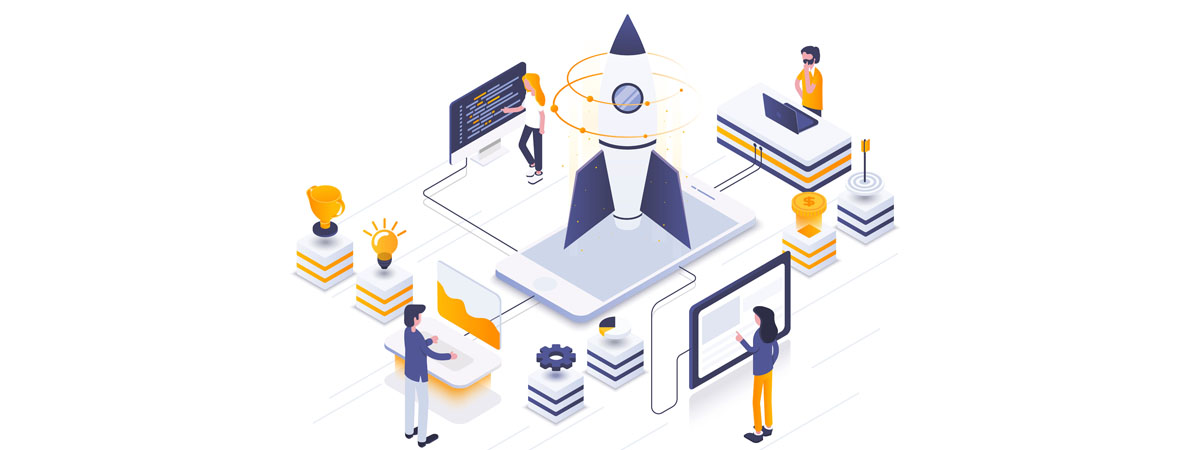5 Pillars of Application Modernization
New technologies and architectural patterns are emerging all the time. Web and mobile interfaces enable delivering an outstanding user experience on many devices. Catching up outdated systems to leverage these developments is a noteworthy trend. Application modernization services include the transfer of legacy applications and platforms to new ones, with integration of new functionality based on new technology. You can choose from a range of modernization options, such as lift & shift, replatforming, rearchitecting, replacement, and retirement. If you’re facing a huge backlog of technical debt, the answer may be application modernization. But what is modern application development, and why do we care? Simply stated, it’s a revolution that’s been brewing for years, and if you haven’t fully embraced it yet, check out its five pillars…
Organize for Value with Application Modernization
Modernization opens the door to leveraging the value of technology to address the most pressing and advantageous needs of your organization. Don’t sweat the small stuff – focus on delivering more value over the long term. There are areas to add value now, and many more later.
Build Better Developer Workflows
Business agility means being able to respond to change quickly. Whether it’s an emerging customer requirement or a bug in a legacy application, developers need to update in hours, not weeks. DevOps, microservices, and cloud computing all contribute to faster turnaround times. Continuous improvement delivers continuous advantage.
Evolve Architecture
Migrate away from outdated monolithic application architectures and support your business with independent scalable modules that give your developers room to innovate and evolve systems faster.
Enable Self-Service Access to Data
By decentralizing your data, you enable more access via microservices. Microservice can then be independently scaled with minimal schema changes. Previously, a typical architectural approach modeled all user requirements in one relational database that was used by a monolithic application, leading to slower response to change requests.
Automate Repeatable Processes
Automate frequently used infrastructure components to free up developers to focus on other more innovative projects. As AWS cloud consultants, we rely on Infrastructure as Code (IAC) and DevOps go hand-in-hand to reduce errors, improve morale, and deliver a better customer experience. Automation works best with repeatable processes, not ones requiring many human inputs.
Build Your Own Pillars for Application Modernization
As your organization experiences the challenges presented when new technologies arise or technical debt rears its ugly head, you’ll want to consider your approach to application modernization. The emergence of mobile devices was a warning shot, and the pandemic delivered a much louder boom. To support customers and remote staff, monolithic systems faced difficulties. More nimble architectures fueled not only survival but growth. Your organization still has time to lift & shift, replatform, rearchitect, replace, or retire systems. Take inventory and consider your approach.


Leave A Comment